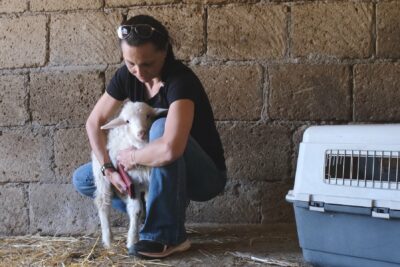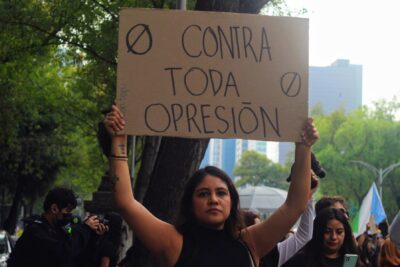Guest Blog by Steph Rivetti
Numbers. Two million lambs are slaughtered in Italy every year. One million of them – or more – have been transported from abroad, mainly Eastern Europe.
But numbers are just numbers. They serve statistical purposes, and certainly do not tell the whole story. Numbers are neutral, objective, and place a certain emotional barrier between us and – in this case – those lambs. As if there were no story to tell, except perhaps for the ‘quality labels’ and ‘indications of origin’, which are just no more than marketing levers, designed to increase profits and encourage consumption.
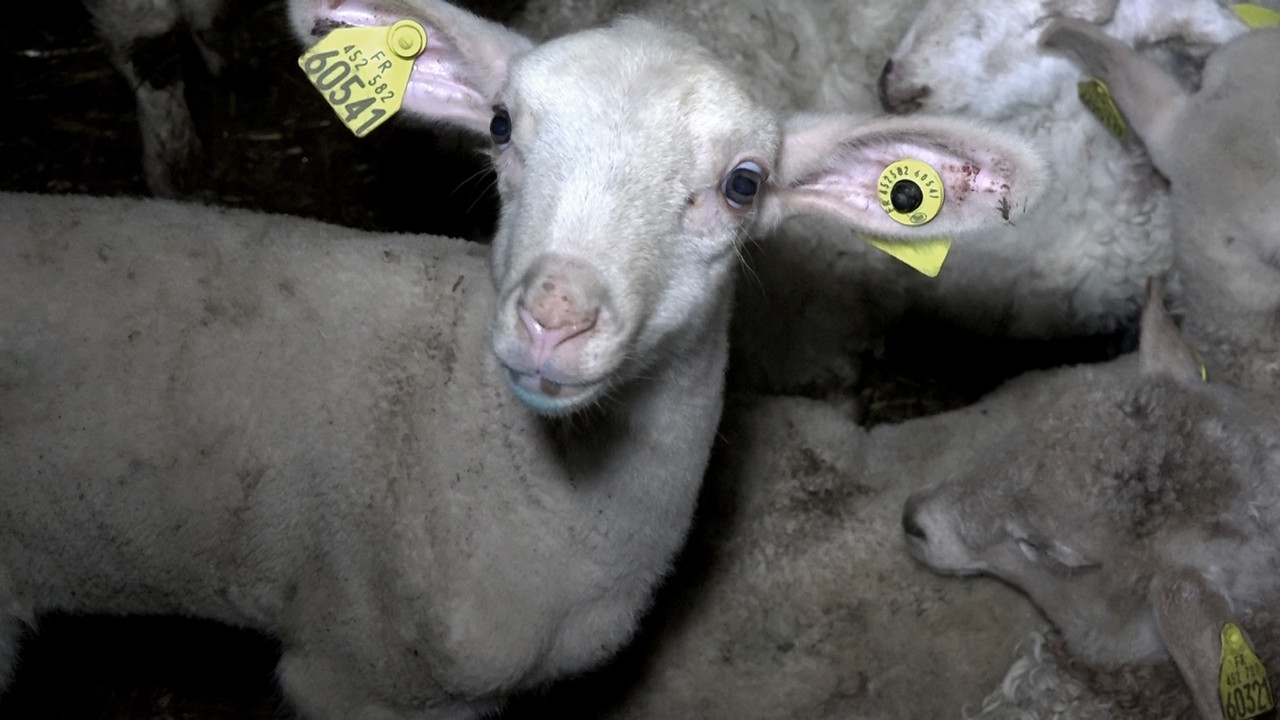
So, one Monday a couple of weeks ago, I woke up thinking about what content I could create and share for Easter, which is one of the times of year when the transportation of lambs from their farms of birth to the slaughterhouse increases.
I checked the data on the Italian Institute of Statistics website, I read the investigations on live transport carried out in the past by Essere Animali and Animal Equality Italia, I found a few soundbites… but none of this seemed enough.
Yes, it may have been enough for the people, who would comment and share the content, but not the lambs themselves – for those symbols of innocence and purity turned into ‘traditional’ recipes, falsely justified by words written thousands of years ago.

And it is for them, only for them, that I have decided to go in front of one of those secretive, hidden places where ‘innocence and purity’ arrive only to be torn to pieces and sold for a handful of euros per kilo. There is nothing poetic or biblical about this. It was not even brave – in hindsight. I prepared myself, or at least I thought I did: I read the labeling guidelines, I read the documents explaining the age of the lambs I would encounter, I read the regulations on live animal transport and also, in small doses, the stunning and slaughter protocols. I read words like ‘live weight’ and ‘carcass types’ as defined by EU regulations. I also read about the etymology of ‘abbacchio’, a Lazio dialect term for a lamb slaughtered after a month at most, but preferably before. These babies are simply a ‘by-product’ of milk production – for pecorino or cacio cheese.
But everything I read disappeared the moment I stood in the yard at the front of the slaughterhouse… and heard the first screams.

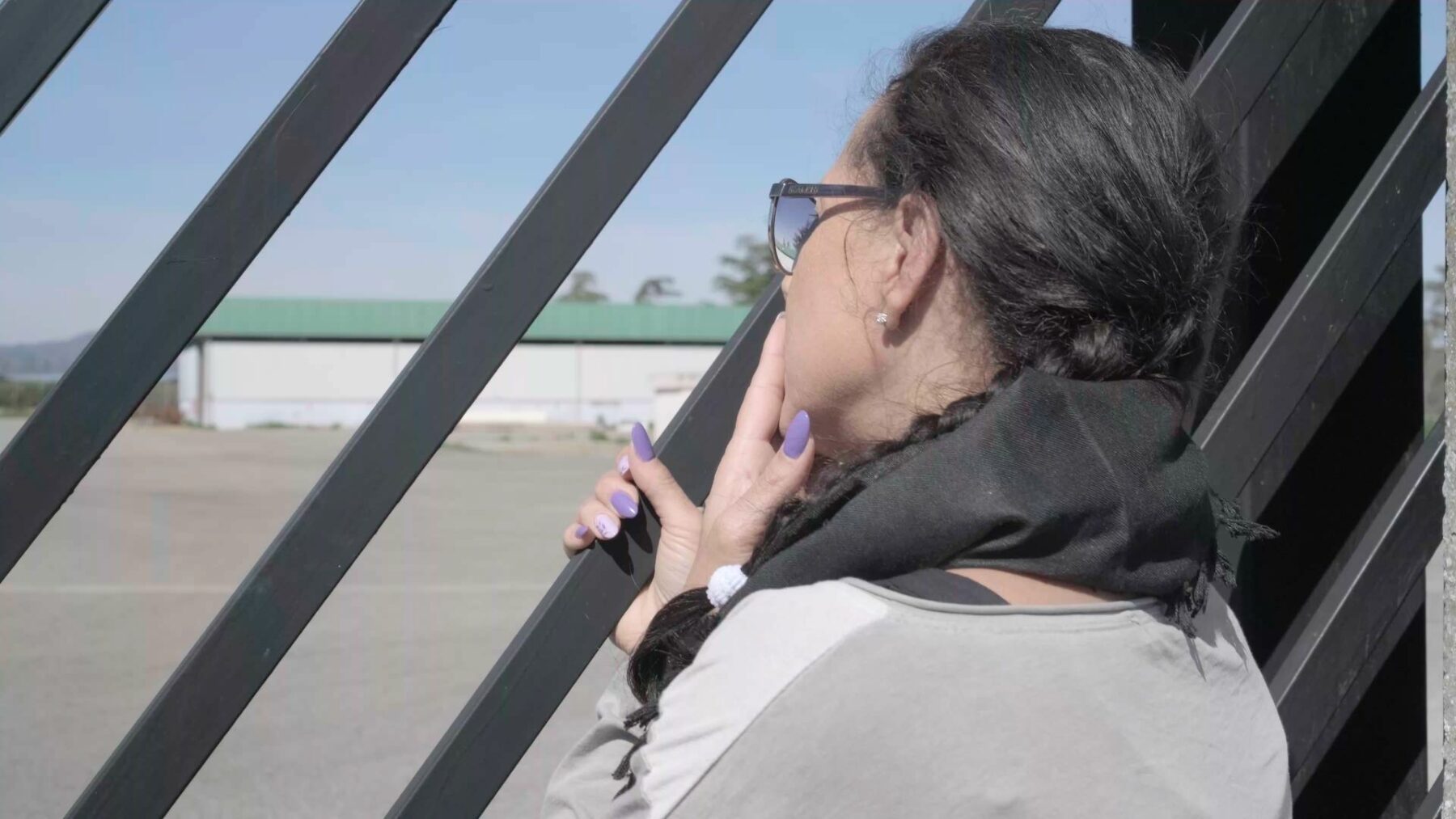
We often read Leo Tolstoy’s phrase ‘If slaughterhouses had glass walls we would all be vegetarians’ but this is not the whole story. Or rather, it is not necessary to see the process of slaughter and dismemberment itself. It is enough to hear those screams. That insistent and desperate call of still-nursing babies – almost all males – snatched from their mothers, crammed onto a truck, dumped into resting pens amidst the stench of excrement, milk, and fear, only to be hooked by their feet, stunned and slaughtered. Those screams will never get out of your head, asleep or awake.
So, I was standing there in that yard, hearing those harrowing screams… when a truck arrived. Not one of those big four-storey ones that can load up to 700 lambs at a time. A truck of the small kind, just two storeys, the plate showing it was from a local farm… and the first thought when I saw the lambs inside was “but they’re tiny!” Maybe ‘tiny’ doesn’t give the full picture. Huge eyes, terrified and bewildered, on little bodies, all paws and fluff. And those bleats.
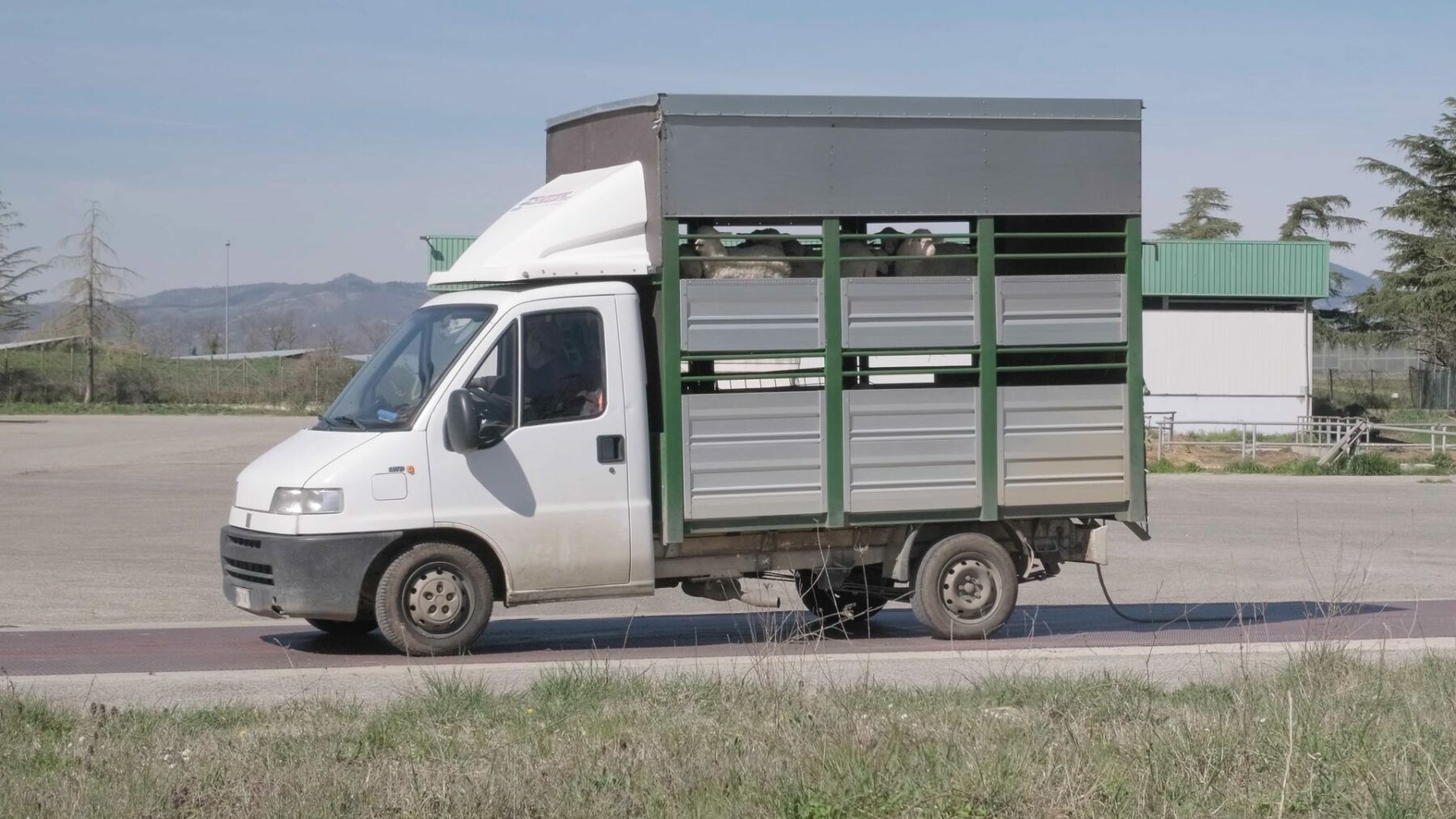
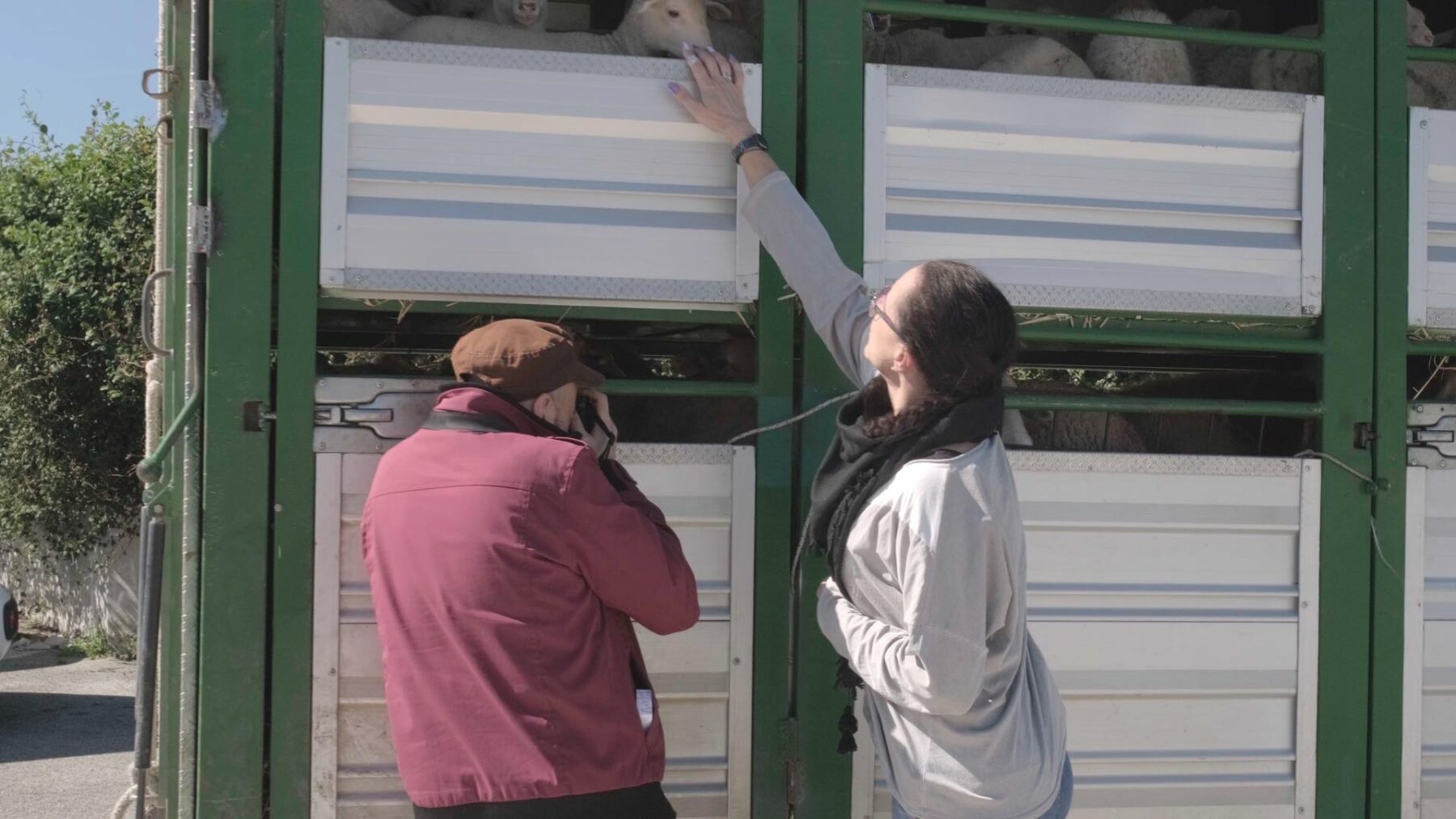
Standing there, with those terrified eyes in my eyes and those screams in my ears, I felt two very strong emotions.
The first was anger, because there is nothing that justifies or even makes it morally acceptable to rip nursing babies from their mothers (who are continuously milked to the point of exhaustion to make cheese), stun the babies with an electric shock or captive bolt gun (for legal ‘compassionate slaughter’), hang them by their hind legs, simultaneously severe their carotid and jugular arteries for rapid exsanguination, skin them, eviscerate them and cut them to pieces (ah yes, the sound of bone-cutting saws… also distinctly heard from the forecourt), pack them in cling film and send them to supermarkets.
The second emotion was despair – the feeling of fighting against windmills, the feeling that no matter how hard we try, no matter how much we wish, most people will continue to choose the baked ribs of a nursing infant over choosing to protect and preserve that living creature. They will continue to pass off as ‘tradition’ a fudged interpretation of a divine request to protect the first-born male children from the wrath of Yahweh against the Egyptians. Because let’s face it, the Lamb of God who takes away the sins of the world does not look like these babies, and it is certainly not by killing and cooking these creatures that we will guarantee ourselves a place in heaven.
But how can we talk about anti-speciesism in a speciesist society, made up of people who put a price on everything and who assign a value even to other people based on their utility, skin color, sexual orientation, birth gender, or country of origin? How can we ask to ‘broaden the concept of compassion’ to people who find it normal and acceptable to eat babies? How can we propose and embrace a new tradition, one of respect for life in all its forms, protection of the environment, protection of innocence and frailty, when innocence and frailty are mocked, bullied, scorned on a daily basis?
Those few hours spent in front of that lamb slaughterhouse crushed the idea that I had achieved anything of real value in so many years of activism. It led me to believe definitively in a fundamental evil within many human beings (sorry, Erich Fromm). The violence with which I was confronted by some of the slaughterhouse workers only reinforced this idea.
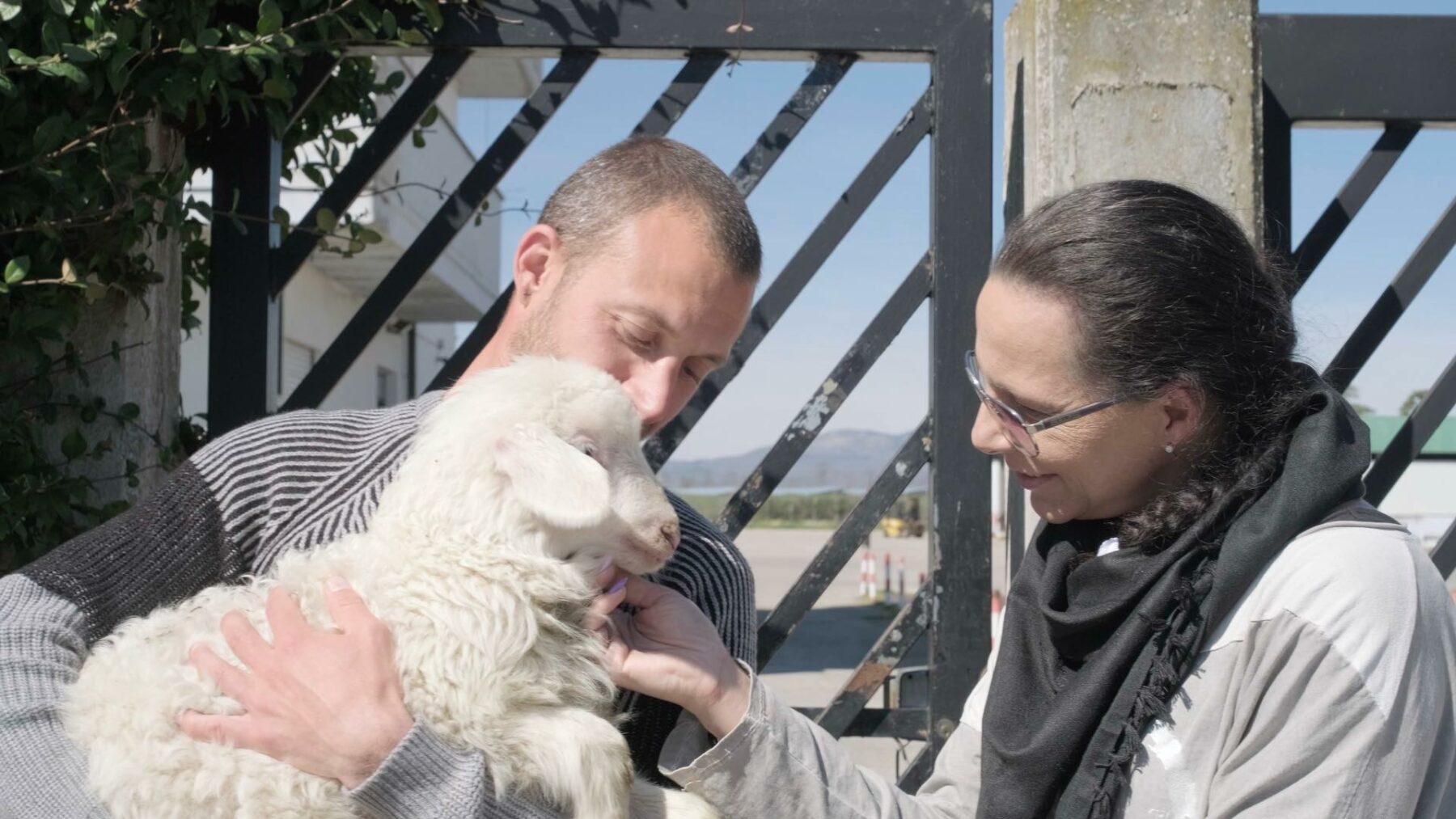
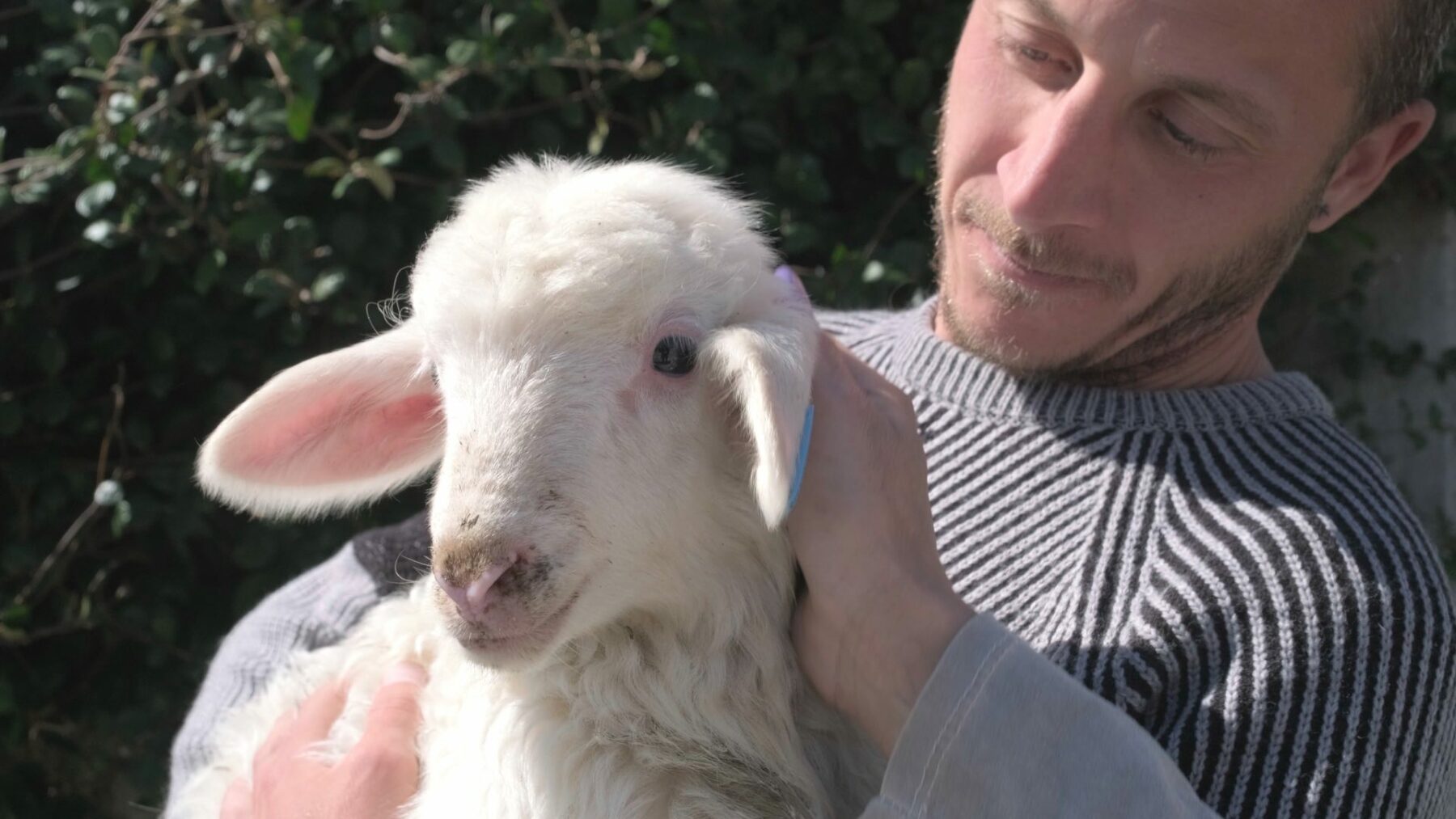
We managed to free one lamb. One of those desperate newborns is now safe and secure in the place of respect and life that is the Santuario Capra Libera Tutti. He now has a name, Eddie Puzzolo, and perhaps his story, his being, his being alive, will in time make all those other lambs stop screaming in my head. And maybe his eyes will one day meet the eyes of many other people, and be the spark that will ignite awareness and change.
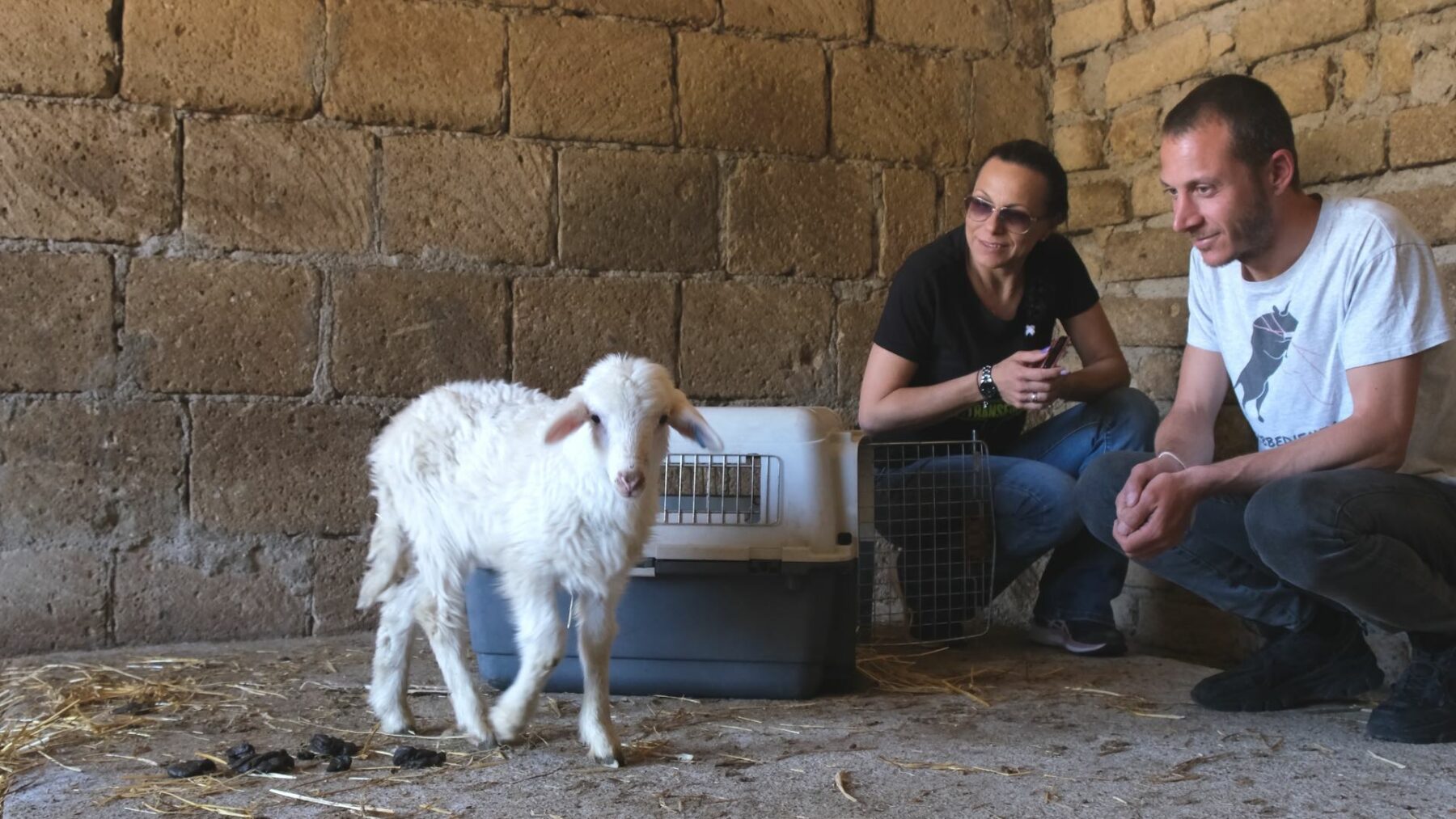

Because the power is in the hands of each of us: by zeroing the demand, we will also zero the supply. And millions of Eddies will not even be brought into the world for the sole purpose of being killed within a few weeks of life. And maybe then the world will find peace.
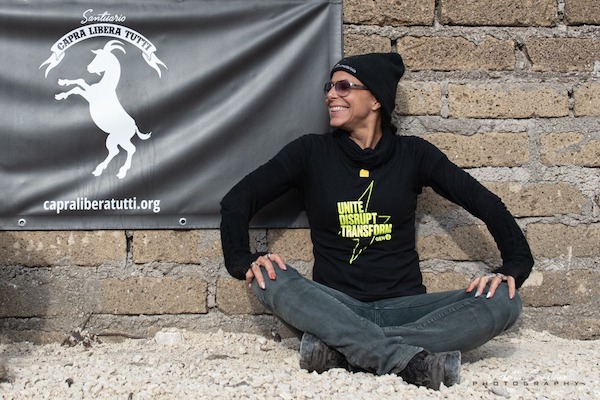
Steph Rivetti is a long-time animal rights activist, environmentalist, conservationist, and vegan advocate. She has collaborated with a number of national and international animal rights and conservation organizations. Since 2018, she has worked as Campaign Manager for GenV in Italy, to raise awareness and promote a kinder, more compassionate, just and healthier planet for all living beings.
